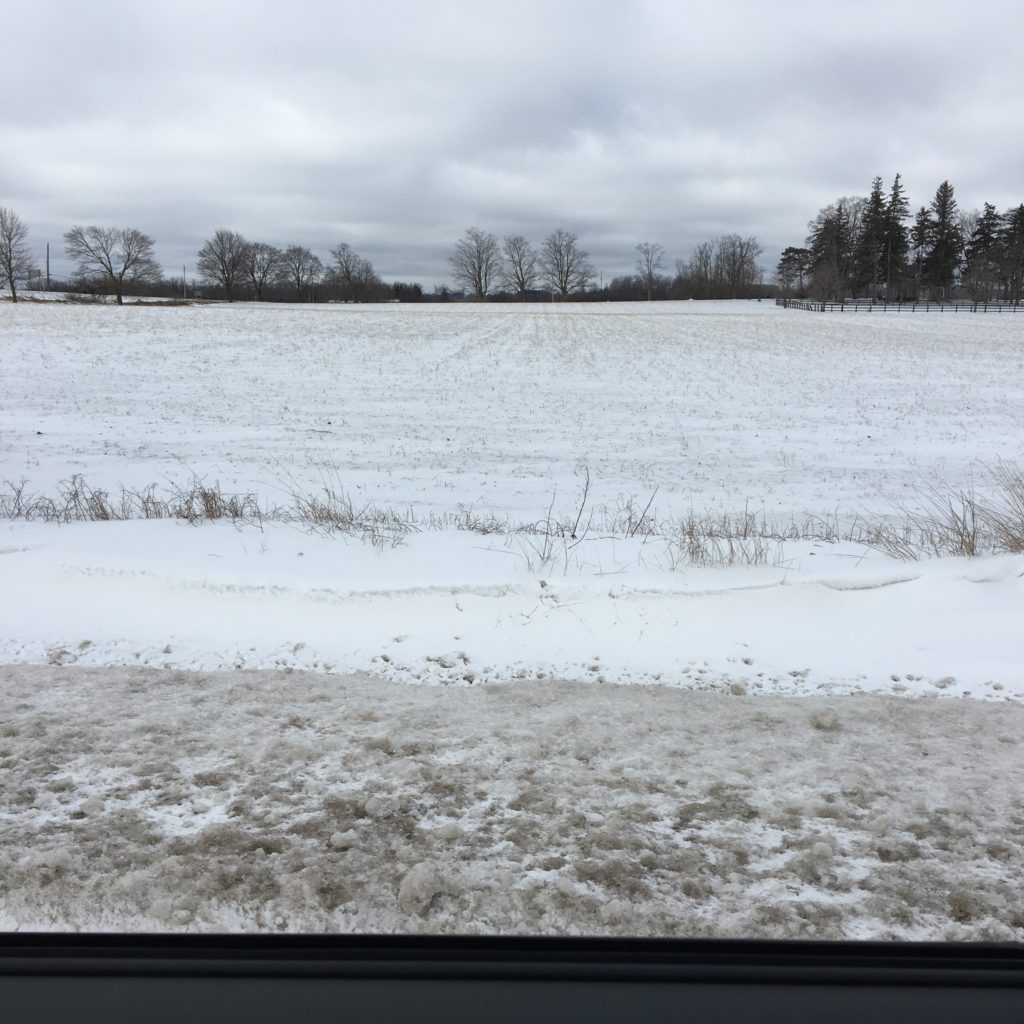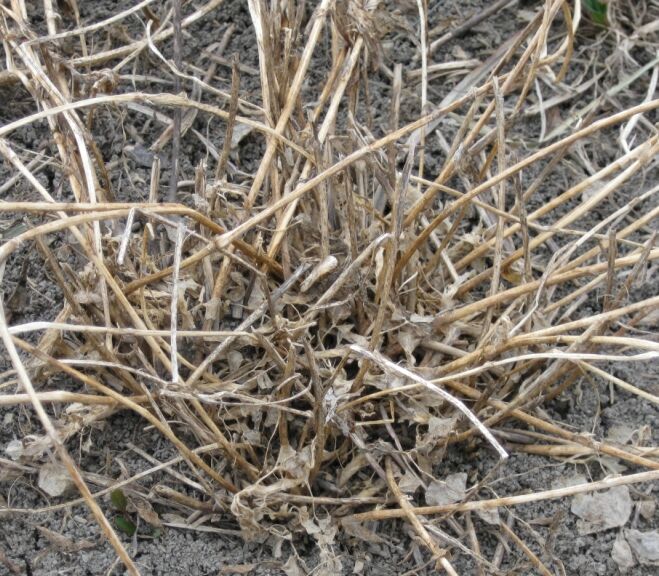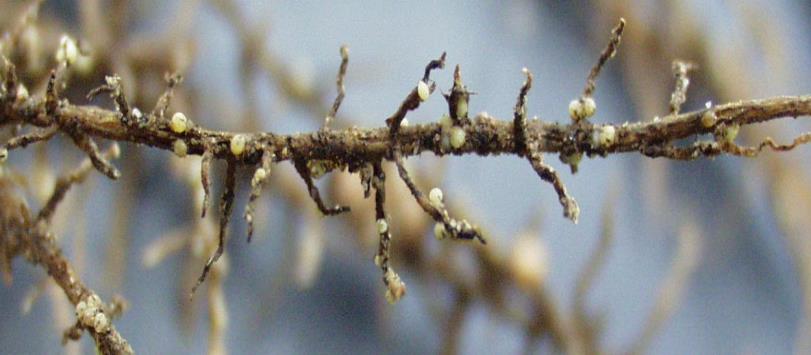Ontario’s Agricultural Soil Health and Conservation Strategy Released

Ontario has a new strategy to help ensure the province’s agricultural soils remain healthy and productive for years to come. The Agricultural Soil Health and Conservation Working Group worked for over two years to develop and hone the New Horizons: Ontario’s Agricultural Soil Health and Conservation Strategy. The working group sought input from experts drawn […]










